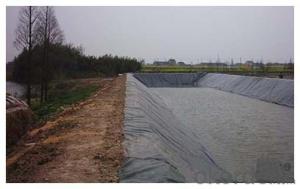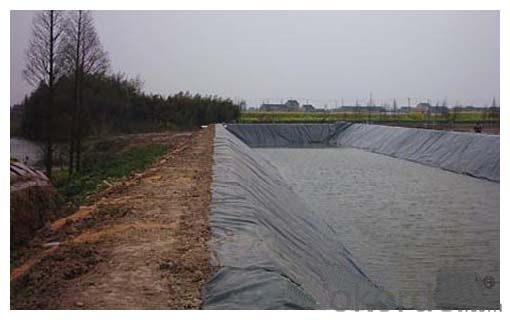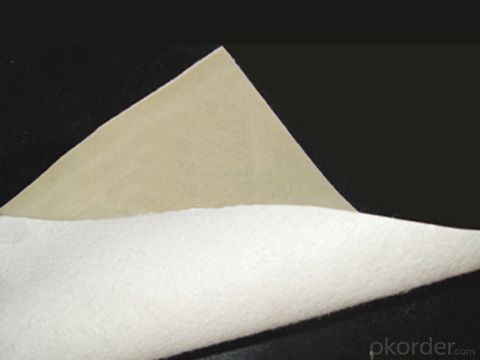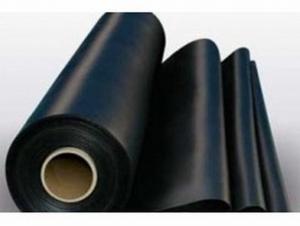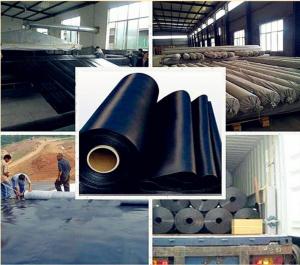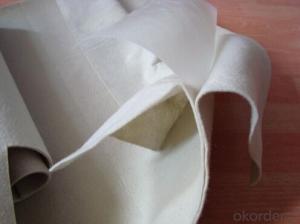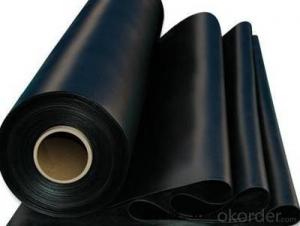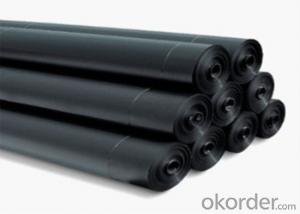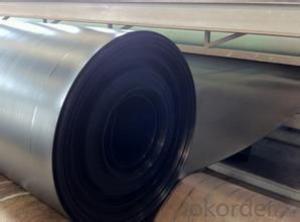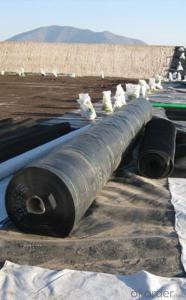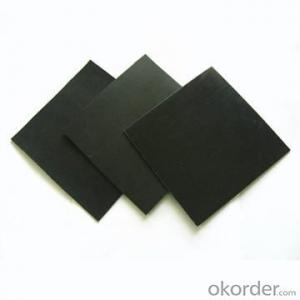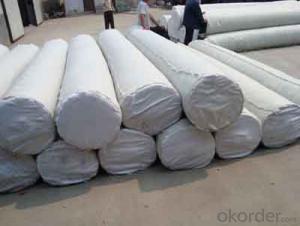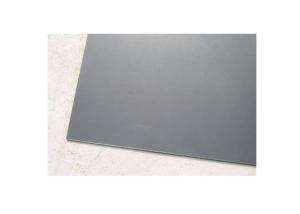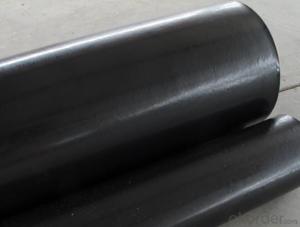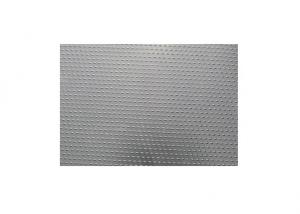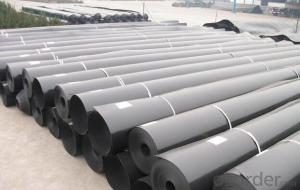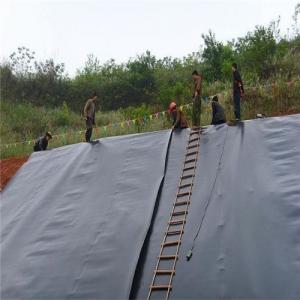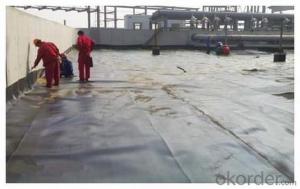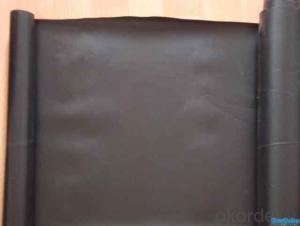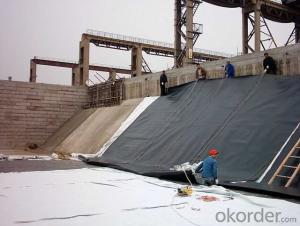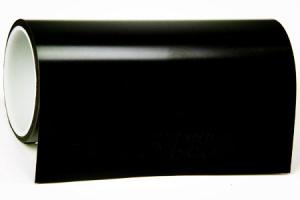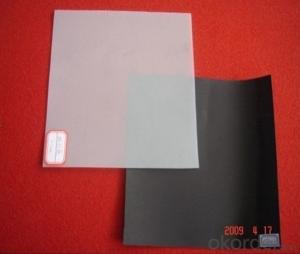Conductive HDPE Geomembrane for Gas Collection Produced by CNBM
- Loading Port:
- Qingdao
- Payment Terms:
- TT OR LC
- Min Order Qty:
- 5000 m²
- Supply Capability:
- 500000 m²/month
OKorder Service Pledge
OKorder Financial Service
You Might Also Like
Hdpe Geomembrane For Gas Collection Images
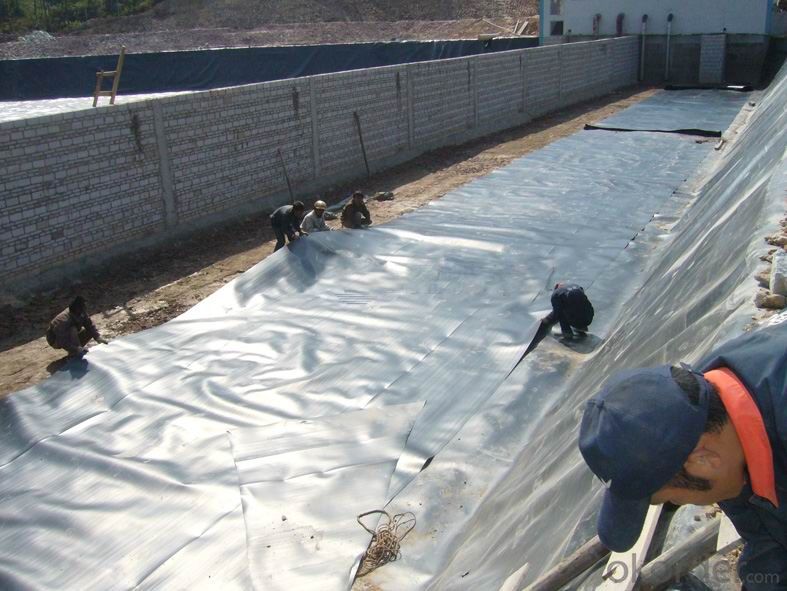
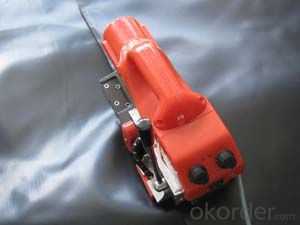
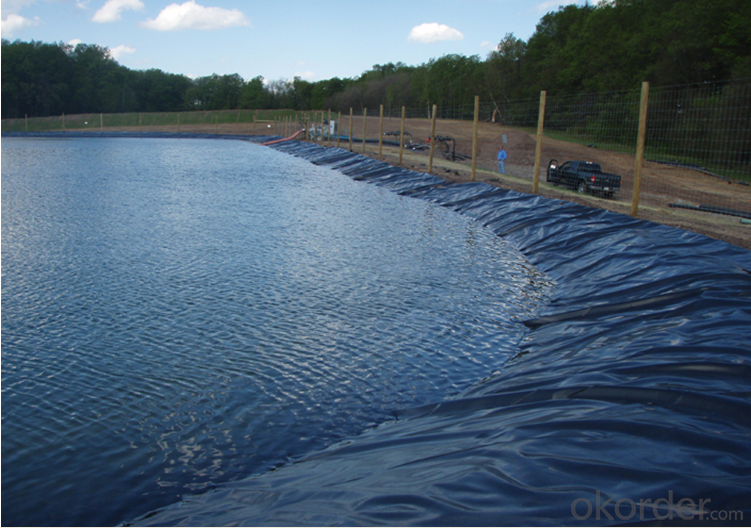
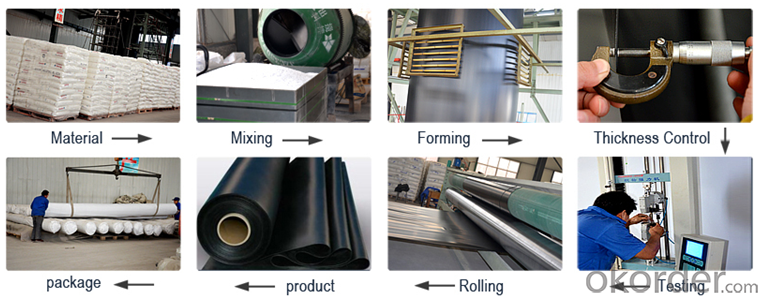
Hdpe Geomembrane For Gas Collection Specification :
| Item | Value | ||||||||
0.3mm | 0.05mm | 0.75mm | 1.0mm | 1.25mm | 1.50mm | 2.0mm | 2.5mm | 3.0mm | |
| Density(g/cm3) | 0.939 | ||||||||
| Tensile strength at break | 6 | 9.5 | 14 | 19 | 23 | 28 | 37 | 47 | 56 |
| (TD/MD)/(N/mm) | |||||||||
| Elongation(TD/MD)/%≥ | 400 | ||||||||
| Tear strength (N)≥ | 27 | 45 | 63 | 90 | 108 | 135 | 180 | 225 | 270 |
| Puncture strength (N)≥ | 52.5 | 84 | 133 | 175 | 217 | 259 | 350 | 434 | 525 |
| Carbon black content (%) | 2.0-3.0 | ||||||||
| Carbon black dispersion | Carbon black dispersion(only near spherical agglomerates)for10different views 9 in categories 1 or 2 and 1 in category
| ||||||||
| Low tempreture impact brittle | Pass | ||||||||
| property at -70°C | |||||||||
| Vapour permeability coefficient | ≤1.0*10-13 | ||||||||
| (cm2·s.pa) | |||||||||
| Dimensional stability | ±2.0 | ||||||||
| Oxidative induction time (min) | ≥60 | ||||||||
FAQ:
1. How about the delivery time?
Two weeks upon receipt of down payment.
2. What kind of payments do we accepted?
T/T, L/C, WesternUnion, MoneyGram.
3. What's are the MOQ?
Normally the MOQ is 5000 SQM in theory.
And we can provide you free samples for quality inspection.
4. Do you charge for the samples?
Accordeing to our company policy, the samples are freee, we only charge the freight fee. And we will return the freight fee in your second order.
5. Can you produce the product according to customers' requirements?
Sure, we are professional manufacturer, OEM and ODM are both welcome
- Q: What is the power of electric heating film
- Taeil-500.338mm x 50cm x 110w\m x 150m (75 square meters \ box) Taeil-800.338mm x 80cm x 180w\m x 100m (80 square meters \ box) Taeil-1000.338mm 100cm x x 220w\m x 100m (100 square meters \ box)
- Q: How do geomembranes perform in high seismic activity areas?
- Geomembranes are a reliable choice for high seismic activity areas due to their excellent performance in mitigating potential damage caused by ground movement. These flexible and durable synthetic liners effectively act as a barrier, preventing soil liquefaction and controlling soil movements during earthquakes. Additionally, geomembranes have high tensile strength and puncture resistance, further enhancing their ability to withstand seismic forces.
- Q: Can geomembranes be used for water storage?
- Yes, geomembranes can be used for water storage. Geomembranes are impermeable membranes made of synthetic materials that are designed to prevent the seepage of water and other liquids. They are commonly used in various applications including water storage reservoirs, ponds, and tanks, as they provide a reliable barrier to contain and store water effectively.
- Q: Is the thickness gauge for lacquer film precise?
- Errors are inevitable. We can just try our best to avoid it. Here are some factors that affect the accuracy. a. magnetic properties of a base metal The thickness guage using magnetism method to measure the thickness will be affected by magnetic variation of base metal (in practical applications, low carbon steel magnetic changes can be considered to be minor). In order to avoid the effect of heat treatment and cold processing, a standard sheet that has the same property with the base metal can be used to adjust the instrument. Test specimen to be coated can also be used to adjust the equipement. b. conductivity electrical properties. The conductivity of the base metal will affact the measurement and is relatedt to the its materials and heat treatment methods. a standard sheet that has the same property with the base metal can be used to adjust the instrument.
- Q: What are the advantages of using geomembranes in industrial wastewater treatment?
- The advantages of using geomembranes in industrial wastewater treatment include: 1) Effective containment of hazardous substances and prevention of their leakage into the environment. 2) Protection of groundwater resources by acting as a barrier against contamination. 3) Flexibility in design and installation, allowing for customization to specific site requirements. 4) Resistance to chemicals, UV degradation, and physical damage, ensuring long-term durability. 5) Reduction in maintenance and repair costs due to their robust nature. 6) Enhanced efficiency in treatment processes by reducing infiltration and improving the overall treatment performance.
- Q: How do geomembranes handle seismic events?
- Geomembranes are designed to handle seismic events by providing a protective barrier that prevents the release of hazardous materials and contaminants. These flexible liners are made from durable materials such as high-density polyethylene (HDPE) or polyvinyl chloride (PVC) that can withstand ground movements during earthquakes. The geomembranes are installed in a way that allows them to absorb and distribute seismic forces, minimizing the risk of damage or rupture. Additionally, proper anchoring and securing techniques are employed to ensure the geomembrane remains intact during seismic events.
- Q: What are the types of geomembranes?
- There are several types of geomembranes, including high-density polyethylene (HDPE), low-density polyethylene (LDPE), polyvinyl chloride (PVC), ethylene propylene diene monomer (EPDM), and chlorosulfonated polyethylene (CSPE).
- Q: Can geomembranes be used in artificial lake construction?
- Yes, geomembranes can be used in artificial lake construction. Geomembranes are impermeable membranes made of synthetic materials that are designed to prevent water seepage. They can be used as liners in constructing artificial lakes to ensure the water is contained within the designated area and prevent leakage into the surrounding soil.
- Q: How do geomembranes contribute to wetland and pond restoration?
- Geomembranes can contribute to wetland and pond restoration by providing an impermeable barrier that prevents water seepage. By effectively containing water, geomembranes help in creating or restoring the necessary hydrological conditions in wetlands and ponds, promoting the growth of diverse aquatic vegetation and supporting the establishment of a healthy ecosystem. Additionally, geomembranes can also be used to control water levels and prevent erosion, contributing to the overall stability and longevity of wetland and pond restoration projects.
- Q: What are the uses of geogrids?
- Geogrids are 2D latticed grids or three-dimensional screen grids made from high-molecular polymers like polypropylene and PVC (polyvinyl chloride) by thermoforming or mould pressing. They are applied in the field of civil engineering. Geogrid are important geosynthetics. They are special in performance and function compared with other geosynthetics. Geogrids are often used as tendon materials of reinforced soil structures or of other composite materials. Geogrids can be divided into four categories, namely plastic geogrid, steel geogrid, glass fiber geogrid and polyester warp knitting dacron geogrid.
Send your message to us
Conductive HDPE Geomembrane for Gas Collection Produced by CNBM
- Loading Port:
- Qingdao
- Payment Terms:
- TT OR LC
- Min Order Qty:
- 5000 m²
- Supply Capability:
- 500000 m²/month
OKorder Service Pledge
OKorder Financial Service
Similar products
Hot products
Hot Searches
Related keywords
